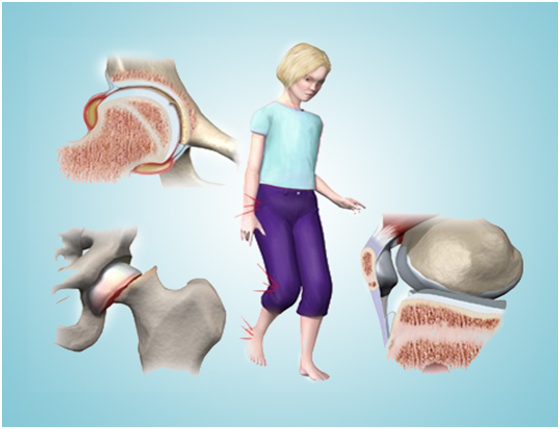What are the Common Causes of Limping in Children?

Bone and Joint Infections in Children – All you Need to Know
May 21, 2021
Pulled Elbow: All you need to know
June 11, 2021
In certain instances, all children suffer from limping during the growth phase. The limp occurs because of a mild infection that can heal on its own. Limping that lasts more than a week and does not heal on its causes many challenges for doctors during diagnosis and treatment. However, the parents must consider visiting a pediatric orthopedic doctor in Gurgaon if the condition lasts more than a week. This article discusses the causes of limping in children and how limping is diagnosed.
What are the causes of limping in children?
- Injury
A mild injury is a common cause of limping. When children continuously limp after an injury, it suggests the existence of a mild fracture.
- Inflammatory diseases and infections
Infections and inflammatory diseases are common causes of limping in children.
- Infections: In younger children, bacterial infections might settle in growing bones andjoints, causing pain and limping.
- Inflammatory diseases: Juvenile arthritis is an inflammatory condition that affects joints and causes inflammation, swelling, and limping.
- Transient synovitis
In Transient synovitis, viral infections move and settle in some joints, most commonly the hip joint. It causes inflammation and pain in the child’s joint. Most children might also refuse to stand or lift things.
- Other causes
It is very rare that children develop severe causes of bone and joint infections. Most of the causes mentioned below are not common:
- Tumors: Tumours can grow in bone and soft tissues, causing discomfort and limping in children
- Congenital abnormalities: Congenital hip dislocation is a condition that occurs during birth and causes limping in children. Leg length differences are common because of this condition, and limping is commonly found as toddlers begin to walk.
- Legg-Perthes disease: This disease develops between the ages of 4 to 10.The disease occurs because of insufficient blood flow to the hip. Without proper blood flow, the top of the thighbone (the ball of the ball and socket joint) flattens.
- Slipped capital femoral epiphysis: This condition occurs when the ball portion of the hip joint slides off the upper thigh bone due to a weakened growth plate. This happens shortly before puberty, around the ages of 9 to 15.
- Diskitis: Inflammation and irritation of the disc spaces in the small bones in the spine can cause a child to limp.
- Nervous system conditions: Limping can be a child’s method of coping with discomfort, or it can be the result of a problem with the nerves that control walking.
How is the cause of a limp diagnosed?
The child’s doctor will perform a thorough medical background check. The child’s doctor will also inquire about the child’s recent activity, and maybe prescribe an x-ray or blood test. The doctor will look for answers to the following questions to make a diagnosis:
- Has the child recently been injured? Children are always running about and falling. However, it is not necessarily obvious that they have had an injury that needs immediate treatment.
- Does the child limp only in the mornings, and does it get easier after they start moving? A morning limp, particularly if there is swelling in a joint, may be a sign of juvenile arthritis and joint stiffness.
- Is the limp noticeable or gets worse after physical activity? In a child involved in sports activities, this may be a symptom of an overuse injury.
- Has the child recently been immunized? An intramuscular injection may cause a temporary limp.
- Has the child visited or lived in a place with a lot of tics? A screening for Lyme disease, a disease which can damage the joints, might be suggested by the doctor.
- Does the child have a fever? It could be the sign of an infection.
When does a limp need medical attention?
An infection can cause a limp in a bone or joint. Fever, discomfort, redness, swelling, and warmth in the affected region are symptoms of an infection. A child can at times refuse to walk at all. Any child who shows these signs should be taken to a doctor as soon as possible.
A bone or joint infection is a medical emergency. Immediate treatment with antibiotics should be given to prevent permanent bone or joint damage.



